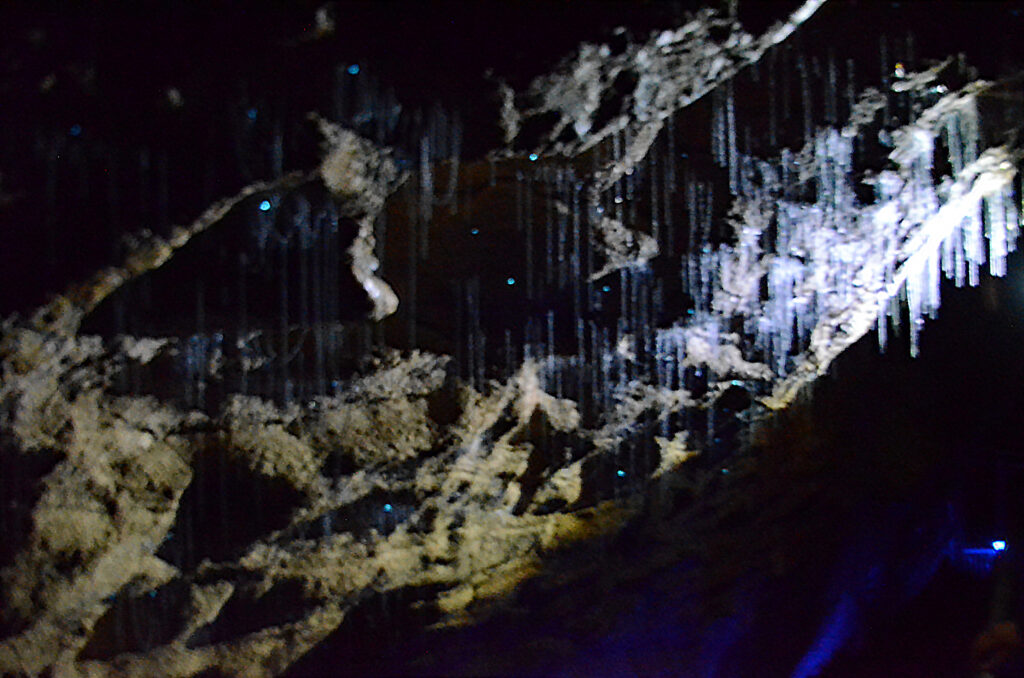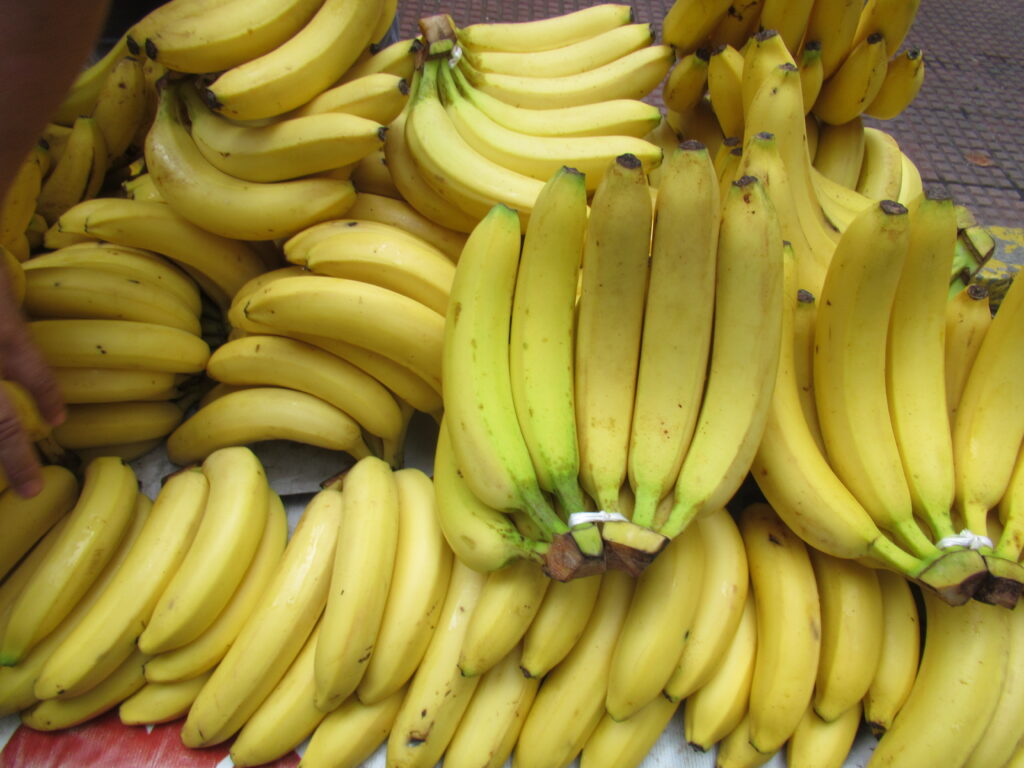Britain’s ecosystems are under siege not by an invading army, but by silent, creeping threats that could reshape its biodiversity within a decade. A new expert-led report has identified 145 non-native species lurking on the horizon, with 20 posing the highest risk to native wildlife, infrastructure, and even human health. From ravenous salmon to tree-destroying worms, these invaders are making their way into Britain’s biosecurity net, helped along by global trade and a warmer climate.
The Invisible Invasion: How Non-Native Species Sneak In
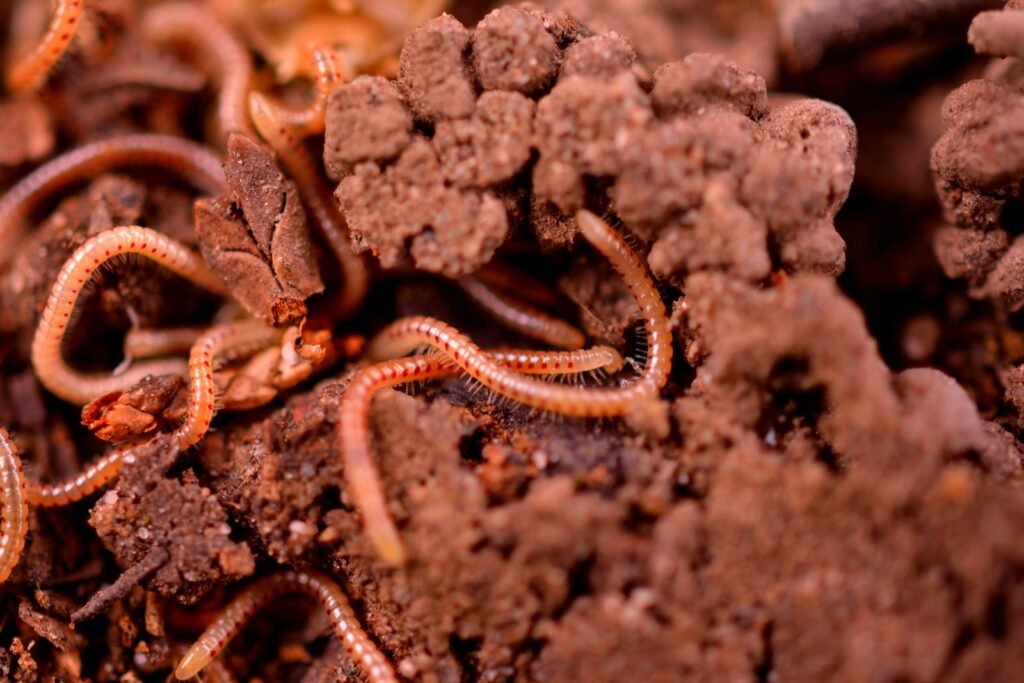
Unlike dramatic wildlife declines, invasive species often go unnoticed until it’s too late. They hitch rides on shipping containers, ornamental plants, and even ballast water, slipping past border checks. Climate change acts as an accomplice, allowing warm-adapted species to thrive where they once couldn’t. The result? A slow-motion ecological crisis that costs the UK nearly £2 billion annually in damages and control efforts.
Case in point: The Asian hornet, first predicted in a 2013 watchlist, arrived in 2016. Thanks to rapid public reporting and eradication efforts, it hasn’t been established yet. But with new threats emerging faster than defenses can adapt, experts warn that prevention is the only cost-effective solution.
Pink Salmon: The Unwelcome Competitor
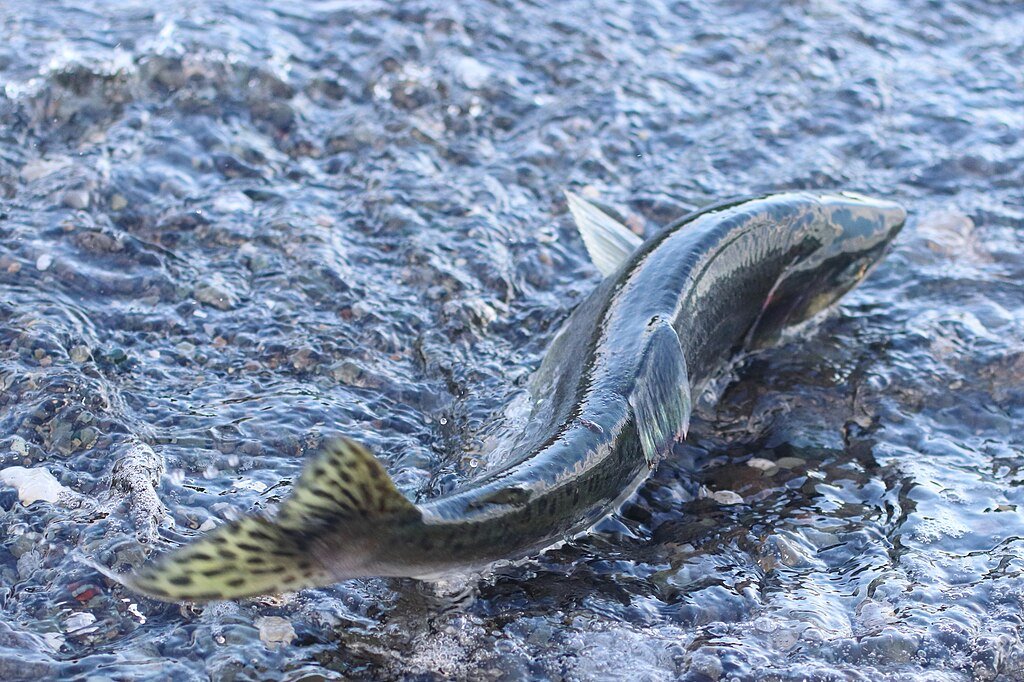
Perhaps the most frightening newcomer is the pink salmon (Oncorhynchus gorbuscha), a Pacific fish already seen in Scottish and northern English rivers. Unlike the native Atlantic salmon, already in decline, pink salmon breed aggressively, dominating local fish for food and spawning areas.
Why it matters: If they form self-sustaining populations, they may upend entire freshwater ecosystems, imperiling not only salmon but trout and other native species as well.
Pine Wilt Disease: A Silent Tree Killer
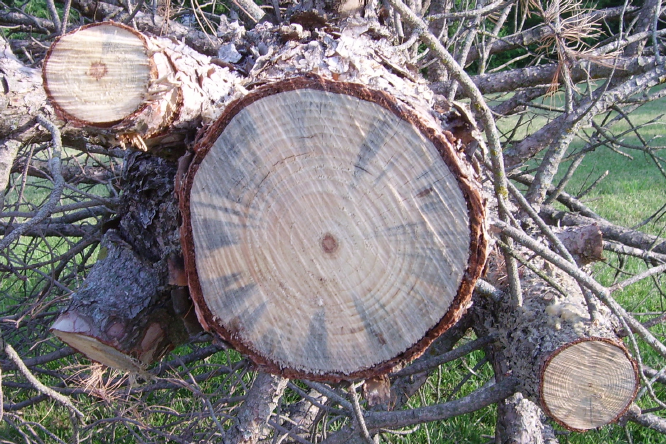
Hidden inside wood imports, the pine wood nematode (Bursaphelenchus xylophilus) is a microscopic worm with a deadly reputation. Spread by the pine sawyer beetle, it causes pine wilt disease, which has devastated forests in Asia, Europe, and the Americas.
The threat: Once infected, trees die within months. With Britain’s forestry and timber industries worth billions, an outbreak could be ecologically and economically catastrophic.
Spaghetti Bryozoan: The Sea’s Strangling Invader

Picture an underwater weed that grows thick, spaghetti-like clumps, choking out seagrass beds and jamming boat motors. That’s what the spaghetti bryozoan (Amathia verticillata) does, devouring huge quantities of phytoplankton and upending marine food webs.
And yet: When fragmented, it forms floating rafts that take other non-native species along for the ride, propagating the issue even further.
Purple Asian Clam: A Plumbing Nightmare
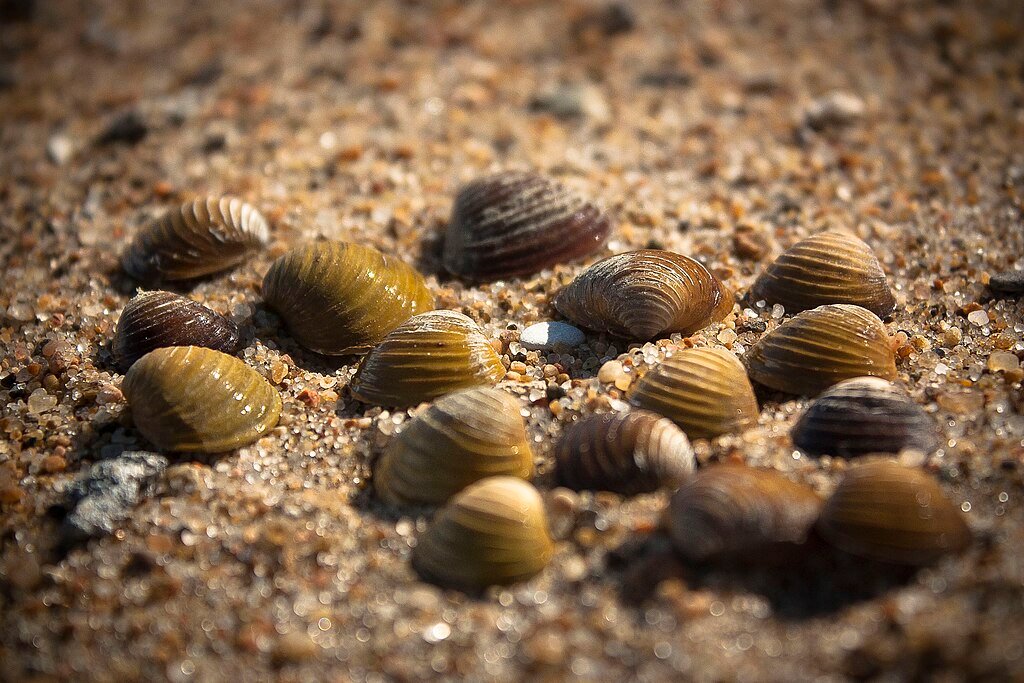
The purple Asian clam (Corbicula largillierti) may look harmless, but it’s a biological bulldozer. Multiplying rapidly, it outcompetes native mollusks and clogs water pipes, forcing costly repairs in drinking water systems.
Related threat: Its cousin, the Asian clam (Corbicula fluminea), is already invasive in the UK, proving how quickly these species can take hold.
Veined Rapa Whelk: The Shellfish Slayer
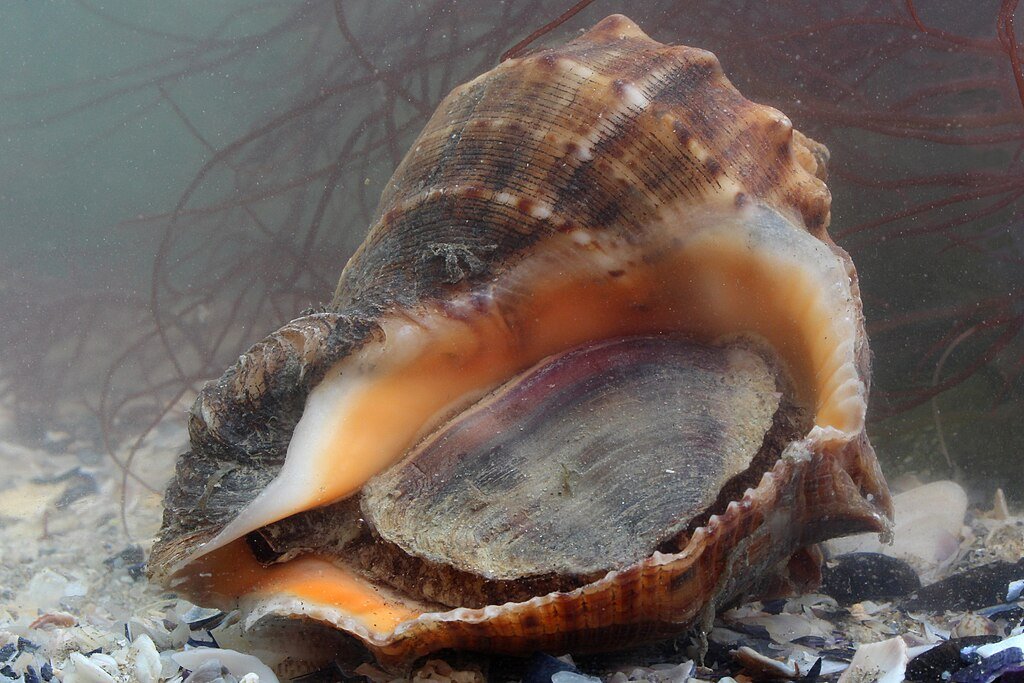
A voracious predator, the veined rapa whelk (Rapana venosa) devours oysters, scallops, and mussels key species for both ecosystems and fisheries.
Economic fallout: If it establishes in British waters, shellfish stocks could collapse, hitting coastal communities hard.
Asian Fan Weed: The Beach-Wrecking Seaweed
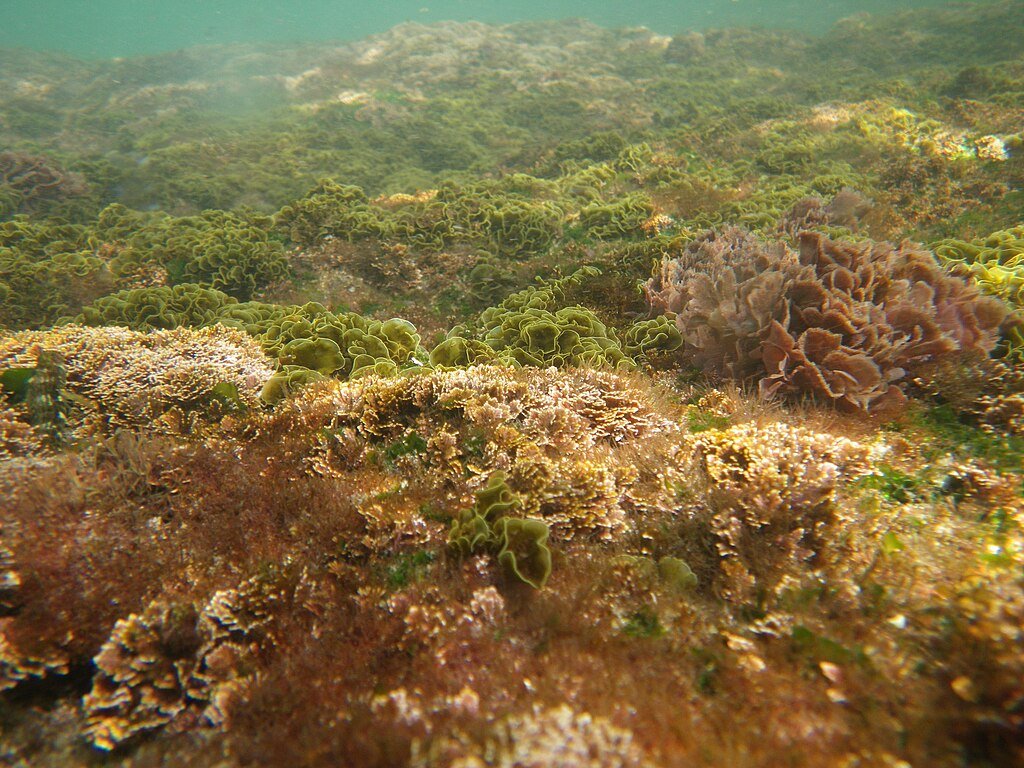
The Asian fan weed (Rugulopteryx okamurae) not only shades out native seaweed when it comes onshore, it rots into thick, pungent mats, suffocating coastal wildlife and turning tourists away.
Health risk: Putrid masses can also contain deadly bacteria, which threaten beach users.
Can Britain Defend Its Ecosystems?
Prevention is the best weapon, but it requires public vigilance, stricter biosecurity, and rapid response systems. As Professor Helen Roy, lead author of the report, warns:
“Once these species arrive and spread, eradication is nearly impossible. We must act now before the next invasion begins.”
What you can do: Report unusual species sightings via the UK Non-Native Species Secretariat. The next big invader might already be here hiding in plain sight.
Final Thought
Invasive species don’t announce their arrival with fanfare. They creep in quietly, then reshape ecosystems forever. Will Britain’s defenses hold or will the next decade see a biosecurity breakdown? The clock is ticking.
Sources:

Jan loves Wildlife and Animals and is one of the founders of Animals Around The Globe. He holds an MSc in Finance & Economics and is a passionate PADI Open Water Diver. His favorite animals are Mountain Gorillas, Tigers, and Great White Sharks. He lived in South Africa, Germany, the USA, Ireland, Italy, China, and Australia. Before AATG, Jan worked for Google, Axel Springer, BMW and others.


